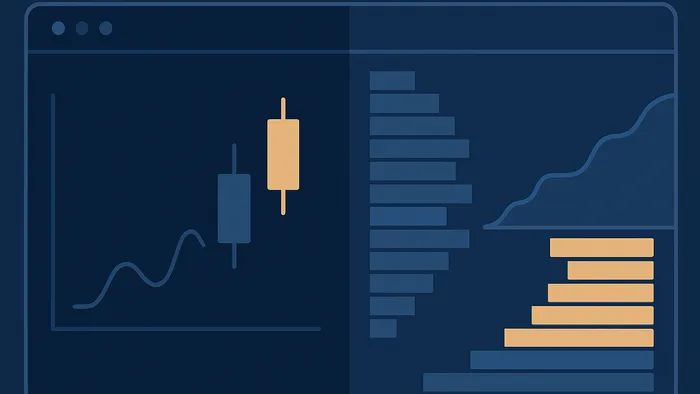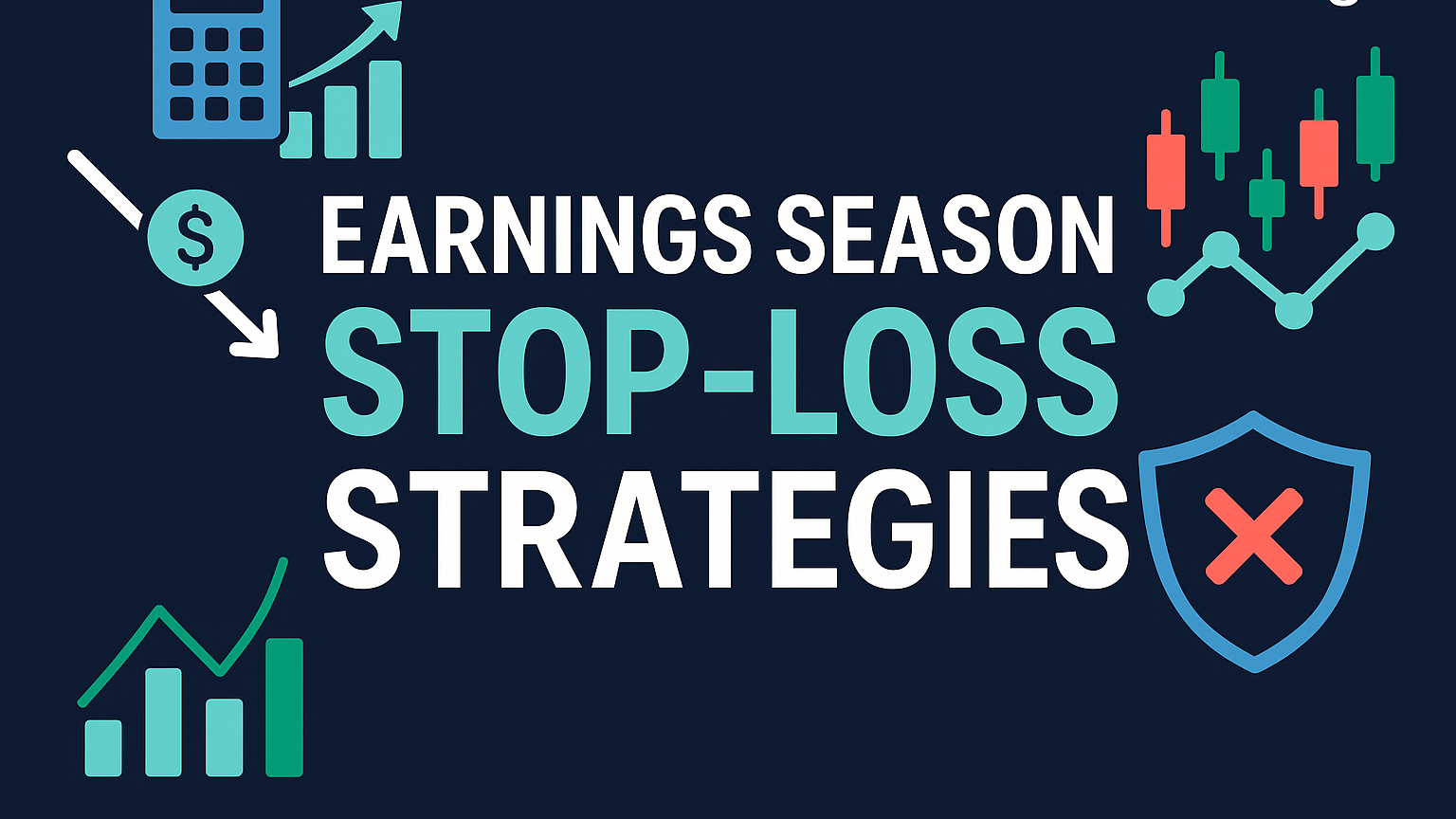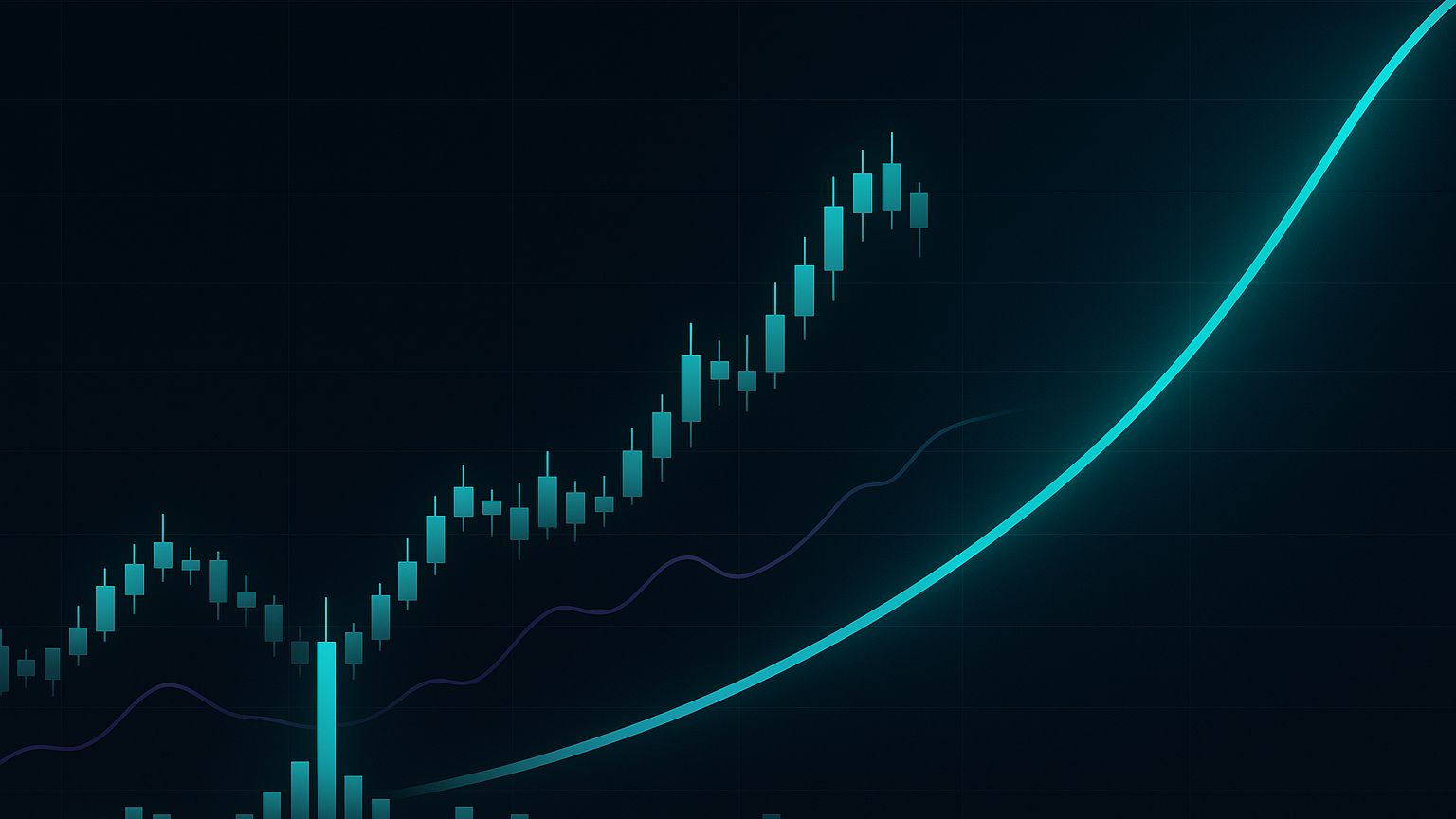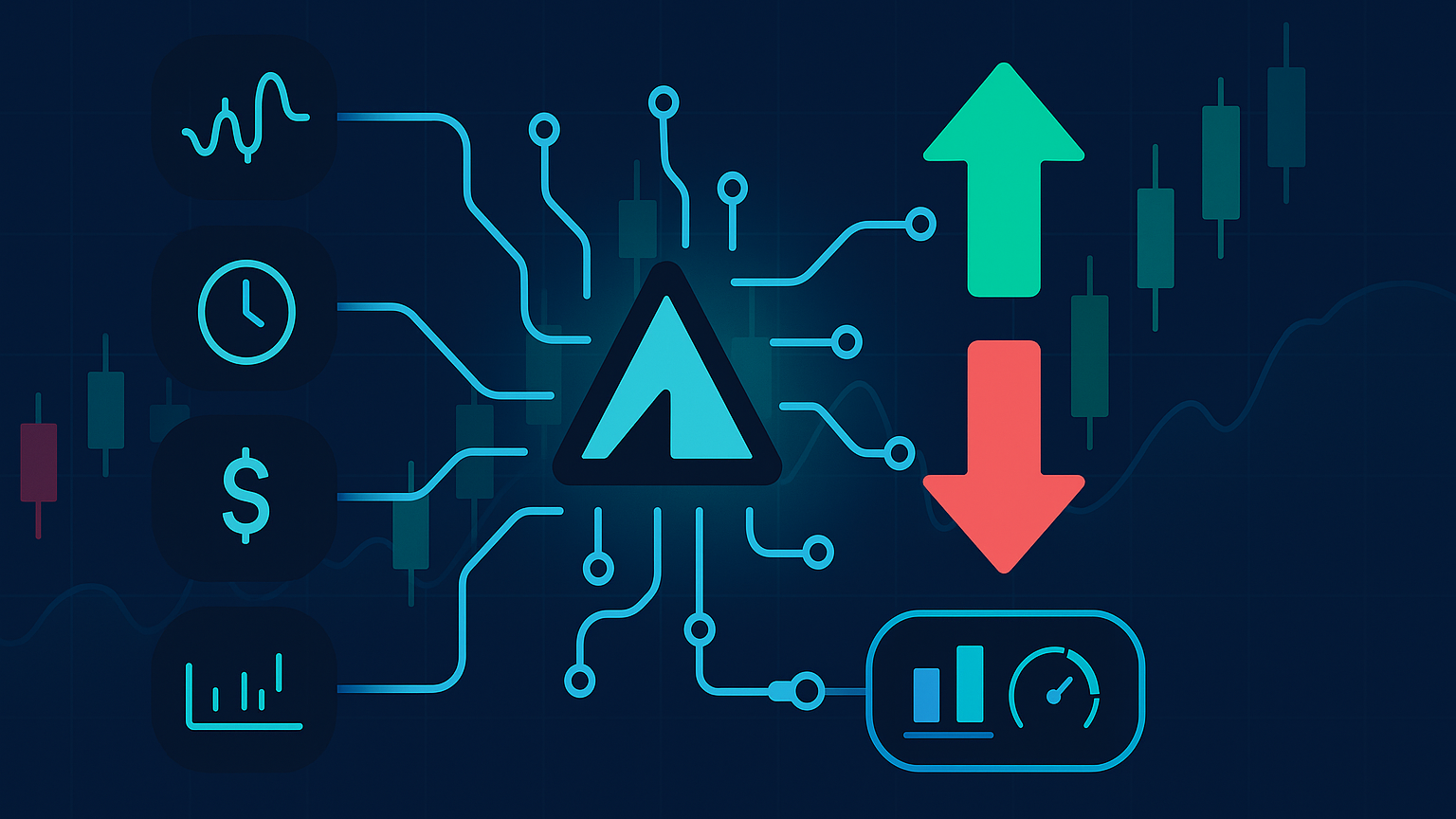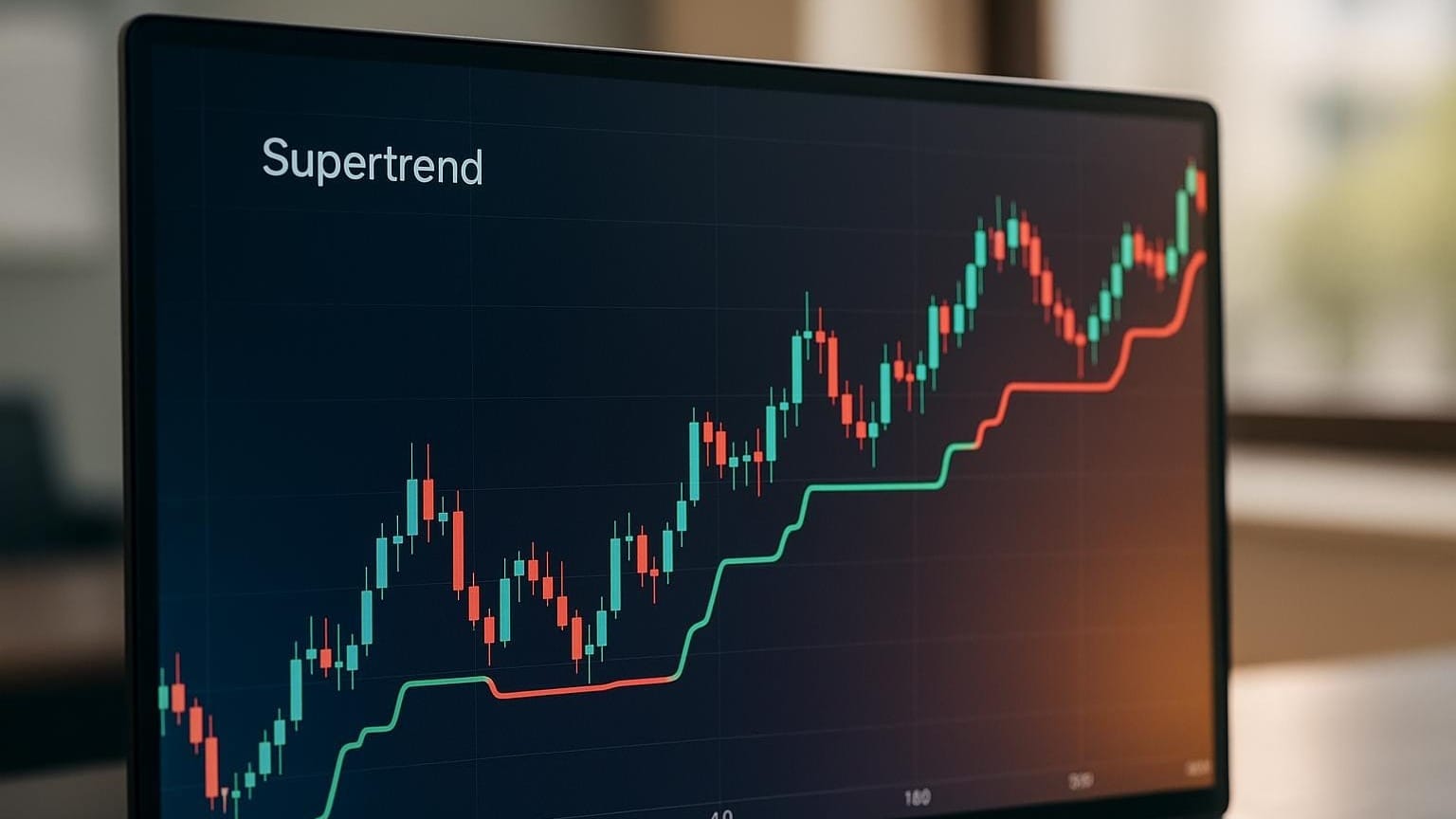Learn the essential differences between Level 1 and Level 2 market data to enhance your trading strategies, whether you're a beginner or a pro.
Want to make better trading decisions? Understanding the difference between Level 1 and Level 2 market data is key. Here’s a quick breakdown:
- Level 1 Data: Basic real-time info like best bid/ask prices, last trade, and volume. Ideal for long-term investors and beginners. Often free or low-cost.
- Level 2 Data: Detailed order book showing market depth, multiple price levels, and market maker activity. Best for active traders and professionals. Requires a paid subscription.
For visualizing market depth directly on TradingView, check out the Depth-Of-Market (DOM) indicator available in the LuxAlgo Library.
Quick Comparison
| Feature | Level 1 | Level 2 |
|---|---|---|
| Price Info | Best bid/ask only | Full order book depth |
| Market Depth | Limited | Multiple price levels |
| Cost | Low or free | Premium subscription |
| Order Details | Basic | Detailed order sizes |
| Trading Focus | Long-term | Intraday/active trading |
| Market Maker Info | Not available | Included |
Bottom line: Use Level 1 for simplicity and cost-effectiveness. Opt for Level 2 if you need advanced insights for short-term trading strategies.
Level 1 and Level 2 Trading
Level 1 Market Data Explained
Let’s break down the details of Level 1 market data and how it influences trading decisions.
Level 1 Data Elements
Level 1 market data provides real-time pricing through the NBBO system. It includes essential information that helps traders understand current market conditions:
| Data Element | Description | Trading Impact |
|---|---|---|
| Best Bid Price | Highest price buyers will pay | Helps identify the best sell opportunities |
| Best Ask Price | Lowest price sellers will accept | Highlights the best buy opportunities |
| Last Trade Price | Price of the latest transaction | Shows the most recent market value |
| Trading Volume | Total shares traded | Reflects overall market activity |
Level 1 Strengths and Limits
Level 1 data offers a straightforward view of the market, making it accessible and easy to use. Most charting platforms provide this data at no cost.
Key Strengths:
- Real-time access to basic pricing information
- Useful for long-term investment strategies
- Simple to understand and analyze
- A cost-effective option for basic trading needs
Key Limitations:
- Lacks detailed information for active trading
- Shows only the best bid and ask prices, not pending orders
- Does not include market depth or order book data
- Excludes market maker identities
Level 1 Common Uses
Level 1 data works well for long-term investors who focus on broader trends rather than short-term price changes.
- Portfolio Management: Track positions and overall market trends.
- Basic Order Execution: Ensure enough liquidity for standard trades.
- Long-Term Trading: Support buy-and-hold strategies.
- Market Overview: Stay informed about general market conditions.
Level 2 Market Data in Detail
This section dives deeper into the key components of Level 2 data and how traders can use it effectively.
Level 2 Data Elements
- Order Book: Displays multiple bid and ask levels, sometimes up to 60 levels. This helps identify potential support and resistance zones through order clustering.
- Market Maker ID: Shows which participants are placing orders, offering insights into their activity.
- Time & Sales: Tracks real-time trading momentum by showing executed trades.
- Price Book (MBP): Groups quotes by price level, giving a clearer picture of supply and demand dynamics.
Level 2 Strengths and Limits
Strengths:
- Offers a real-time view of market depth and order flow.
- Highlights support and resistance levels by analyzing order sizes.
- Reveals the activity of market makers.
- Tracks liquidity and trading momentum in detail.
Limitations:
- Can be misleading due to practices like spoofing or hidden orders.
- Requires a solid understanding to interpret correctly.
- May become overwhelming during periods of high volatility.
Best Times for Level 2 Use
- Peak Trading Hours: The opening and closing of the market often show strong order flow and breakout opportunities.
- Stock Events: Announcements like earnings reports or major news can highlight key support and resistance levels.
- Technical Breakouts: The depth of the order book can confirm breakout signals by showing buying or selling pressure.
Level 1 vs Level 2 Side by Side
Data Features Comparison
| Feature | Level 1 Data | Level 2 Data |
|---|---|---|
| Price Information | Basic NBBO (National Best Bid/Offer) | Multiple price levels with full order book |
| Market Depth | Limited to the best bid/ask | Full order book depth |
| Cost | Often free or low-cost | Paid premium service |
| Order Details | Basic volume and last trade | Detailed order sizes at each price level |
| Market Maker Info | Not available | Shows market maker identities |
| Trading Style Fit | Long-term investors, beginners | Active traders, professionals |
| Support/Resistance | Basic price levels only | Helps pinpoint support and resistance |
| Liquidity Analysis | Limited to current volume | Detailed liquidity view across price points |
How Traders Use Level 2 Data
Level 2 data offers advanced insights, enabling traders to:
- Spot key support and resistance levels
- Evaluate liquidity at various price points
- Monitor market maker actions and trends
- Time trades and size positions more effectively
Using Both Data Types
When to Use Level 1
- Buy-and-hold strategies: Real-time NBBO data delivers pricing and volume details for informed long-term decisions.
- Portfolio adjustments: Offers sufficient pricing details for periodic rebalancing.
When to Use Level 2
- Day trading: Use Level 2's order book to analyze supply-demand changes and track market maker activity.
- High-volume trading: Provides insights into market depth and liquidity, helping with position sizing and timing.
Reading Level 2 Data
- Market Depth: Look for clusters of orders at important price levels (support/resistance). Gaps may signal weak demand.
- Liquidity: Check bid-ask spreads and order sizes. Narrow spreads often mean higher liquidity.
- Order Flow: Watch how orders are filled and replenished to understand market pressure.
| Order Flow Signal | What It Indicates | How to Act |
|---|---|---|
| Dense bid clusters | Strong support level | Consider buying near support |
| Large ask walls | Significant resistance | Monitor for breakout or reversal |
| Fast-filling bids | Rising buying pressure | Look for potential upward movement |
| Quick ask removals | Decreasing sell pressure | Anticipate a possible price increase |
Final Points
Main Differences
| Feature | Level 1 | Level 2 |
|---|---|---|
| Price Data | Best bid/ask only | Full order book depth |
| Update Speed | Standard refresh rate | Real-time updates |
| Trading Focus | Long-term positions | Short-term opportunities |
| Resource Usage | Lower bandwidth | Higher data consumption |
| Cost | Entry-level pricing | Premium subscription |
| Market Insight | Basic view | Detailed order flow |
Picking the Right Data
Your choice between Level 1 and Level 2 data depends on your trading style and budget:
Level 1 works best if:
- You rely heavily on technical analysis for your trades.
- Keeping costs low while still accessing basic market data is a priority.
- You don’t need detailed insights into market liquidity.
Level 2 is a must when:
- You focus on intraday trading and quick position changes.
- Analyzing market depth is crucial for precise entry and exit points.
- Order flow plays a key role in shaping your decisions.
- You trade larger positions and need to assess liquidity more thoroughly.


